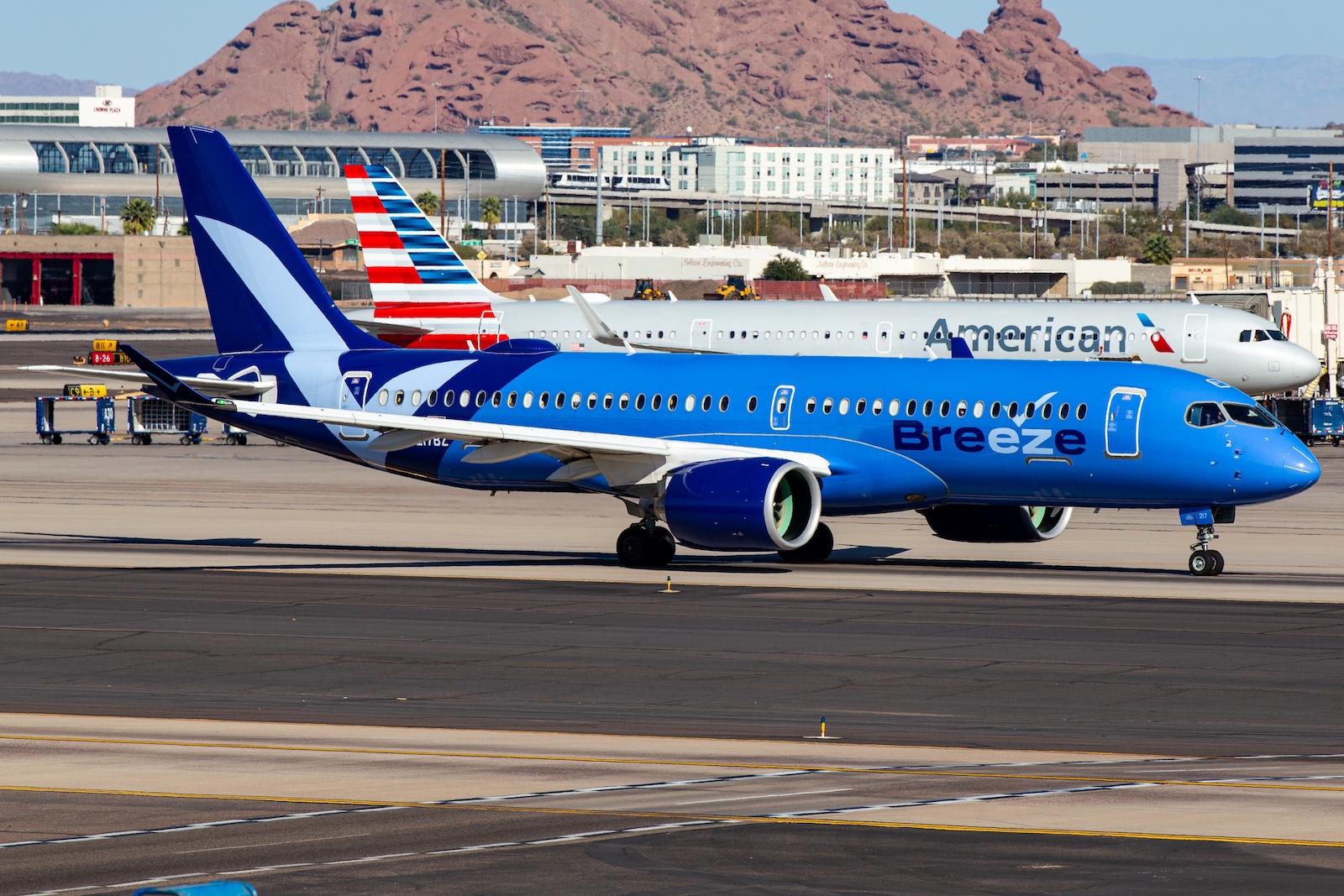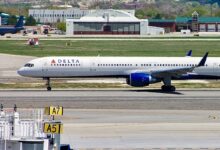On July 2, 1992, RenoAir commenced operations and began a memorable seven year effort to keep themselves in the sky. As their name suggests, the airline was based in Reno, Nevada, with additional hubs in Las Vegas and San Jose. RenoAir adopted the city of Reno’s famous motto with a slight adaptation: “The Biggest Little Airline In The World.”
Joseph Lorenzo and Jeff Erickson founded RenoAir after both having worked with other airlines in the past, making them good fits for the new airline. Their first flight was a nonstop flight from Reno to Seattle. Within a year, RenoAir had quickly expanded to offer service from Reno to Los Angeles, San Francisco, Ontario, Minneapolis, Seattle, Kansas City, Portland, and San Diego. After the formation of their hub in San Jose, the airline commenced more nonstop flights from San Jose to many of the cities they were already serving, as well as Burbank, California. Their frequent flier program was called QQuick Miles.
RenoAir eventually entered a code sharing partnership with Mid Pacific Air. This partnership marked the beginning of RenoAir Express, which targeted many smaller cities on the west coast. During this time, RenoAir opted to remove their own frequent flier program program and instead joined American Airlines’ frequent flier program, AAdvantage.
RenoAir slowly began to build a separate route system in Gulfport, Mississippi, consisting of nonstop flights to St. Petersburg, Orlando, and Atlanta. The routes between these four cities were in no way connected to their routes on the west coast.
As for RenoAir’s fleet, the airline possessed mostly MD-80, MD-87, and MD-90 aircraft. They were one of the few airlines that flew the MD-87 and MD-90. Upon the formation of RenoAir Express, the airline also operated some BAe Jetstream 31 commuter airplanes, used solely for their express services.
In February 1999, American Airlines purchased RenoAir in an attempt to strengthen their West Coast route network. RenoAir’s final flight occurred on August 30th, 1999. While many expected the purchase to create a quick expansion opportunity for American, the September 11th attacks occurred shortly after. American Airlines was forced to eliminate RenoAir’s entire fleet, along with that of TWA, another airline American had recently purchased.
By the end of 2001, American had completely broken down RenoAir’s original route system. Though there is little to no evidence left of the airline’s history today, RenoAir left a powerful legacy behind, and is therefore well remembered by many former employees and passengers. Recently American has begun utilizing new amenity kits for its international business class customers, with each design being a tribute to an airline American has purchased in the past, including Reno Air. There is also a small website, renoair.net, filled with personal stories, photos, and links to the original website, dedicated to remembering the cherished history of “The Biggest Little Airline In The World.”








